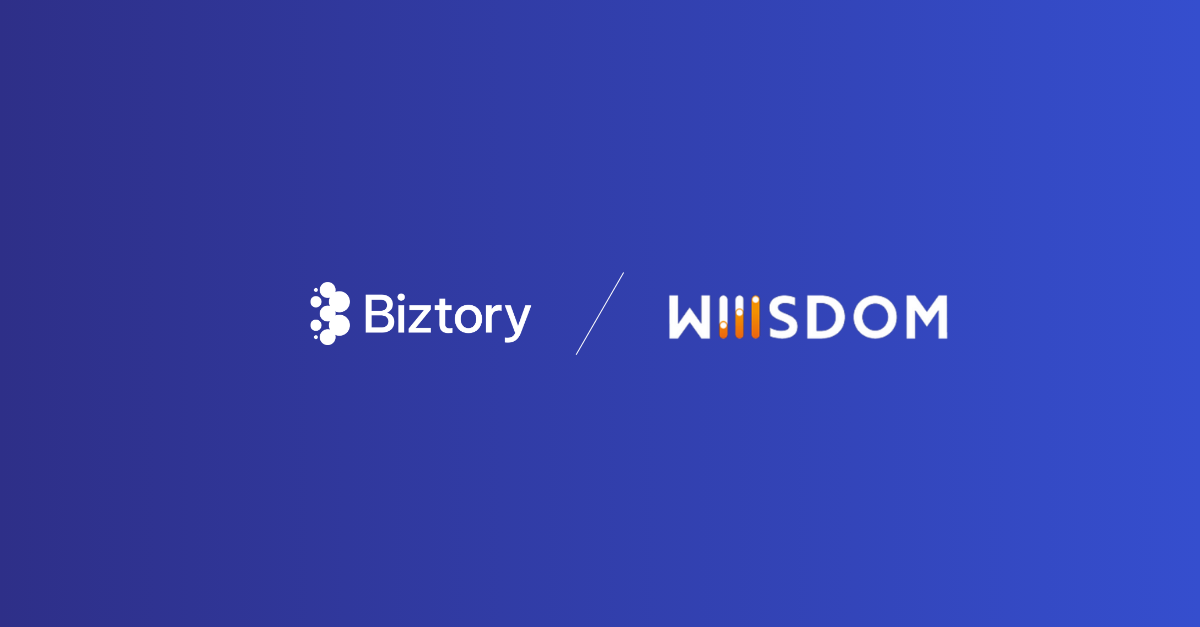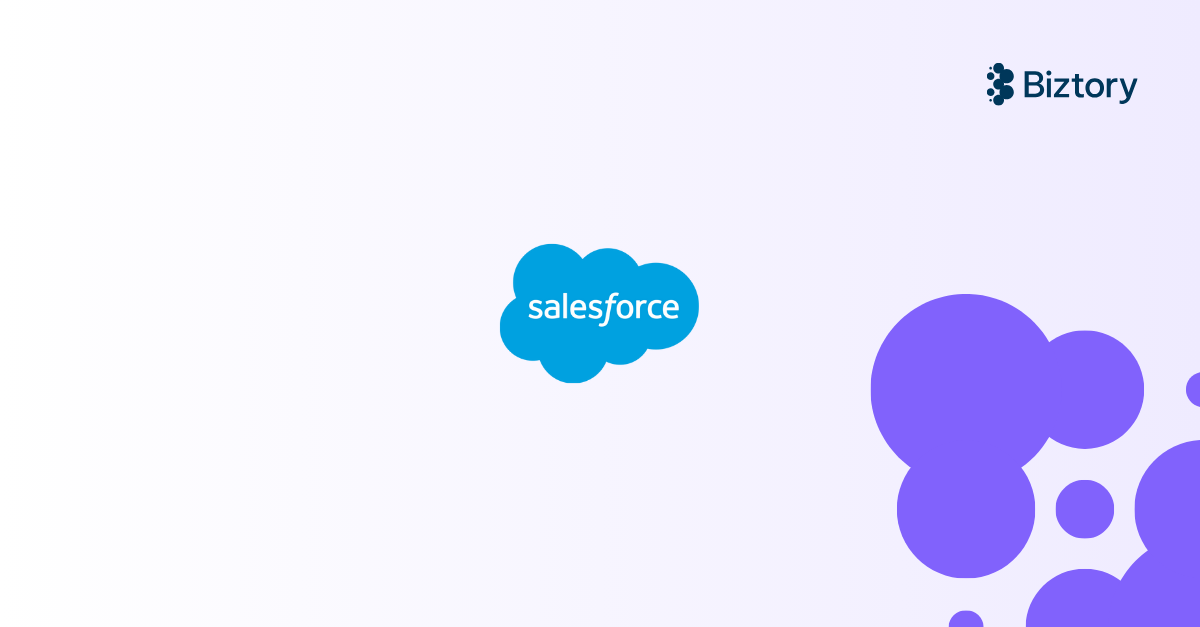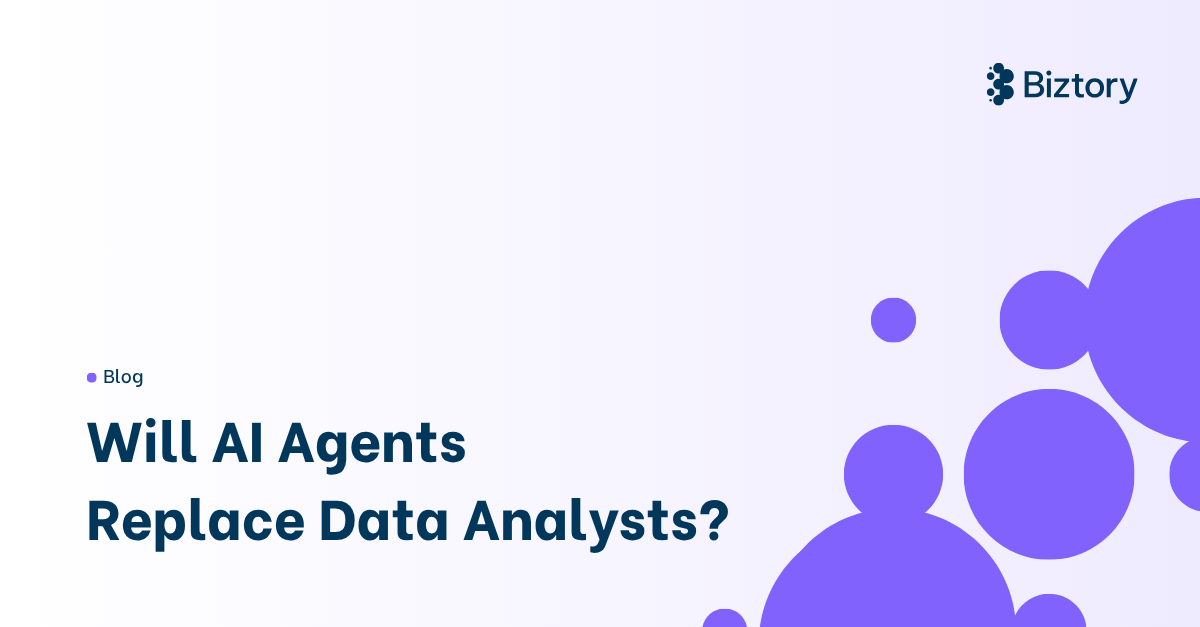Snowflake Summit 2025 wasn’t just a product update, it was a strategic reset. From adaptive infrastructure to embedded AI, Snowflake is positioning itself not as a warehouse, but as the data operating system for modern enterprises. If you’re still navigating through tools to cover governance, analytics, AI, and ops, this year’s announcements should be your call to consolidate. And to stop treating Snowflake like a data warehouse alone. Here’s why.
1. Gen‑2 Warehouses & Adaptive Compute
Snowflake launched Gen‑2 Standard Warehouses (GA) with ~2.1× faster performance across merges, updates, deletes, and scans—at no additional credit cost.
They also introduced Adaptive Compute (Private Preview)—a fully self-tuning warehouse that auto-scales, parks idle nodes, and dynamically adjusts to workload patterns.
So very minimal configuration is needed as Snowflake will automatically select the appropriate cluster size(s), the number of clusters, and auto-suspend/resume duration for you.
Switching from a standard virtual warehouse to an Adaptive Warehouse is a straightforward process using a simple ALTER command, without downtime. However, customers have shared that consolidating workloads across warehouses can be complex and time-consuming and often due to warehouse names being hardcoded into pipelines and scripts, which introduces a risk of disruption.
Adaptive Warehouses address this challenge by allowing users to transition production workloads incrementally. You can convert in batches while preserving existing warehouse names, access policies, user permissions, and showback or chargeback reporting structures, ensuring a seamless migration with minimal operational impact.
Why it matters:
Most data teams over-provision or under-tune compute. Adaptive Compute makes warehouse sizing a thing of the past: reducing cost, complexity, and performance troubleshooting. This is Snowflake’s first serious move toward zero-ops analytics infrastructure.
2. FinOps 2.0: From Reporting to Real-Time Control
Snowflake released Cost-Based Anomaly Detection (Public Preview) to surface unexpected usage patterns before the end of the month.
And with the rollout of Tag-Based Budgets and Cross-Account Cost Views they now enable team- or project-level showback and governance.
Why it matters:
Snowflake has made FinOps actionable. Instead of end-of-month billing surprises, teams now get real-time financial observability and alerting. This is foundational for scaling Snowflake across business units, product teams, or even customers.
3. Metadata is the New Code: Horizon & Governance
Snowflake expanded the Horizon Catalog with auto-tagging for PII (Personally identifiable information), policy propagation, data lineage, and Copilot queries like “Which assets are missing PII tags?”.
They also rolled out Semantic Views and Unified Governance Policies across BI and AI models.
Why it matters:
AI requires context, not just data. With Horizon, Snowflake offers first-party metadata services that treat governance as programmable logic. This transforms compliance from a bottleneck to a foundation for collaboration, which is critical for any regulated or AI-driven business.
4. Operational AI at Scale: Cortex, AISQL & Agents
A few highlights of what Snowflake did:
- Introduced AISQL functions (AI_FILTER, AI_CLASSIFY, etc.) for structured and unstructured AI processing in SQL, with a 70% performance gain.
- Launched Snowflake Intelligence (Cortex Agents + Agentic Workspace): a full-stack natural language interface that integrates documents, metrics, and logs.
- Enabled Knowledge Extensions to securely pull data from external sources (NYT, Slack, Stack Overflow) for in-warehouse reasoning.
Why it matters:
Snowflake is now a native AI execution platform, not just a data staging ground. With Cortex and AISQL, you can deploy AI agents, run multimodal queries, and deliver AI-native experiences, without leaving the platform or compromising on data controls.
5. Developer Stack Consolidation
What Snowflake did:
- Embedded dbt Projects directly in Snowsight for native modeling, versioning, and CI/CD.
- Launched OpenFlow, a fully-managed service built on NiFi for declarative pipelines (CDC, unstructured, etc.).
- Revamped Snowpipe pricing to a volume-based model, reducing ingestion costs by up to 50%.
- Enhanced DevOps tooling with Terraform, Git support, and in-UI notebooks.
Why it matters:
Data teams now have an integrated platform to model, ingest, orchestrate, and deploy, without jumping between third-party tools.
"Snowflake Openflow dramatically simplifies data accessibility and AI readiness. We’re seeing more customers adopt an AI-first data strategy, which is dependent on having access to all of your data in a single platform," according to Chris Child, VP of Product, Data Engineering, Snowflake. “With Openflow, we’re redefining what open, extensible, and managed data integration looks like, so our customers can quickly build AI-powered apps and agents without leaving their data behind.”
Snowflake is collapsing the modern data stack into a governed, cloud-native IDE.
6. Postgres & Iceberg: Breaking Engine Lock-In
What Snowflake did:
- Announced Postgres compatibility (via Crunchy Data acquisition): a fully managed transactional engine inside Snowflake.
- Expanded Apache Iceberg support, enabling read/write, merge-on-read, and federated access to external tables.
Why it matters:
You’re no longer boxed into warehouse-only or file-based systems. With Postgres and Iceberg, Snowflake becomes the platform for all workloads: transactional, analytical, AI/ML, and beyond. Expect simplified architectures and fewer sync jobs.
7. Ecosystem Momentum: AI, Apps & Marketplaces
What Snowflake did:
- Deepened partnerships with OpenAI, and Anthropic.
- Unveiled Agentic App Marketplace for Cortex-based apps.
- Enabled live data integrations from trusted publishers like AP and NYT via Knowledge Extensions.
Why it matters:
Snowflake is now an app platform. With native AI agents and a marketplace model, it’s easy to build and monetize LLM-powered tools that run directly on governed, production-grade data.
Bottom Line
Snowflake isn’t just moving up the stack, it’s erasing the lines between stack layers altogether. It’s time to stop thinking of it as a data warehouse and start treating it as your enterprise data OS.
If you're still managing governance through spreadsheets, orchestrating via Fivetran, and running AI outside your warehouse, you're playing yesterday’s game. Summit 2025 made one thing clear: Snowflake is now where data lives, where apps run, and where AI thinks.



